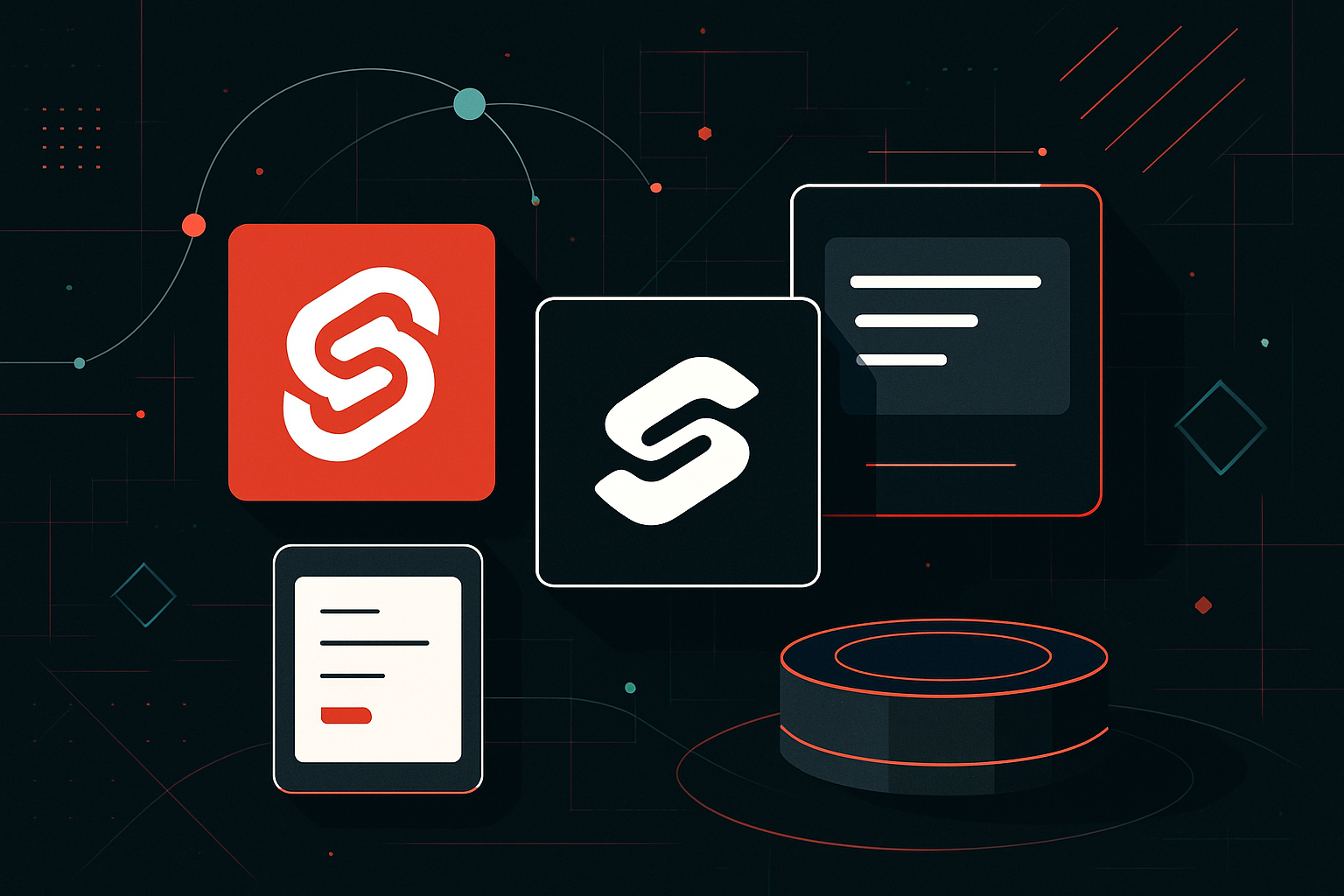The Role of Data Annotation in Training AI Models

The Role of Data Annotation in Training AI Models
Understanding Data Annotation
Data annotation is the process of labeling data to make it usable for training machine learning models. This step is crucial because it provides the context that AI models require to learn from data inputs effectively. Annotated data serves as the ground truth that models use to understand and predict outcomes based on new data.
Types of Data Annotation
- Text Annotation
- Entity Annotation: Identifying entities within text (e.g., names, locations).
- Sentiment Annotation: Labeling text data with emotions or opinions.
-
Intent Annotation: Categorizing user intentions in conversational AI.
-
Image Annotation
- Bounding Box: Drawing rectangles around objects.
- Segmentation: Marking pixel-level details for precise object boundaries.
-
Landmark Annotation: Identifying key points within images (e.g., facial landmarks).
-
Audio Annotation
- Transcription: Converting speech into text.
- Speaker Diarization: Labeling speaker changes in dialogue.
-
Sentiment Annotation: Identifying emotions in voice data.
-
Video Annotation
- Object Tracking: Following objects across frames.
- Action Annotation: Labeling actions performed in a video sequence.
Importance of Data Annotation
- Model Accuracy: High-quality annotations directly influence the accuracy of AI models. Errors in annotation can lead to incorrect model predictions.
- Bias Reduction: Consistent and comprehensive annotations help reduce biases in AI models.
- Training Efficiency: Properly annotated data accelerates the training process, reducing the need for extensive model fine-tuning.
Practical Steps in Data Annotation
-
Define Annotation Objectives
Determine the type of annotations required based on the AI model’s goals. For instance, a sentiment analysis model necessitates sentiment annotations. -
Select Annotation Tools
Choose appropriate tools and platforms, such as Labelbox or CVAT, for managing the annotation process efficiently. -
Create Annotation Guidelines
Develop clear guidelines for annotators to ensure consistency across the dataset. -
Quality Assurance
Implement a review process to verify annotations, using a mix of manual checks and automated validation scripts. -
Iterate and Refine
Continuously refine annotations based on model feedback and performance metrics.
Data Annotation Tools: A Comparative Overview
| Tool | Type | Key Features | Pricing Model |
|---|---|---|---|
| Labelbox | Image, Text | Customizable workflows, collaboration | Subscription-based |
| CVAT | Image, Video | Open-source, supports multiple formats | Free, open-source |
| Amazon SageMaker Ground Truth | Multi-type | Integrated with AWS, automated labeling | Pay-as-you-go |
| Prodigy | Text, Image | Active learning, Python integration | One-time purchase |
Challenges in Data Annotation
- Scalability: Annotating large datasets demands significant resources and time. Leveraging semi-automated tools can mitigate these challenges.
- Consistency: Variability in annotations can lead to model errors. Establishing robust guidelines and continuous training for annotators is essential.
- Cost: High-quality annotation services can be expensive. Balancing quality and budget requires strategic planning and tool selection.
Technical Implementation: Example Code for Text Annotation
Below is a simple Python script using the spaCy library for entity annotation.
import spacy
# Load the spaCy model
nlp = spacy.load("en_core_web_sm")
# Sample text
text = "Google is headquartered in Mountain View, California."
# Process the text
doc = nlp(text)
# Print the entities in the text
for ent in doc.ents:
print(ent.text, ent.label_)
# Output:
# Google ORG
# Mountain View GPE
# California GPE
Conclusion
While no formal conclusion is provided, it’s clear that data annotation is an indispensable component in the AI model training pipeline. By ensuring accurate, unbiased, and comprehensive annotations, practitioners can significantly enhance model performance and reliability. Adopting the right tools and strategies can streamline this process, allowing for scalable and cost-effective annotation workflows.





0 thoughts on “The Role of Data Annotation in Training AI Models”